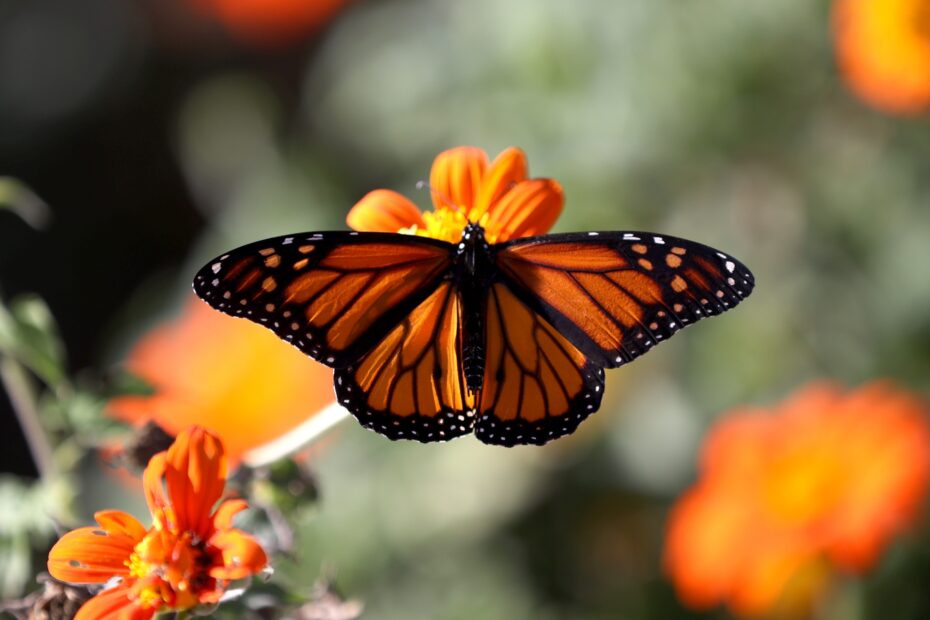Source article originally published on
Article Summary and/or Excerpt:
Researchers are expressing alarm about a huge decline in insect populations around the world, warning of an emergency that has enormous ramifications for biodiversity and the food chain.
The scale of the crisis is such that the global insect population is declining between 1 to 2 percent each year, with a UN assessment cautioning that half a million species are under threat. Scientists at Harvard University estimate that the rapid drop in pollinating insects is hampering yields of nutrient-rich fruits, vegetables, and nuts – leading to an estimated 427,000 early deaths a year.
A 2022 study by biodiversity researchers published in the journal Nature says that the impact of historical climate change and intensive farming practices is associated with a decline in insect numbers of nearly 50 percent and a drop in the number of species by 27 percent, when compared to less-disturbed habitats with lower rates of climate warming.
The emergency is so acute that nearly all insect groups are in peril. Butterflies and moths have been badly affected by habitat loss, climate change, and the overuse of pesticides and herbicides. An estimated 28 percent of bumble bee species are under threat, according to a study by the Xerces Society and the International Union for Conservation of Nature. Freshwater insects are losing breeding grounds as farmers develop land for new crops. Beetle species that are key to recycling nutrients in soil are also in decline.
Entomologists and biodiversity experts are now urging governments to place strict controls on intensive farming and pollution while moving fast to tackle climate change.
In this episode of The Stream, we’ll look at the scale of the crisis and ask what can and should be done to help insect populations recover.
